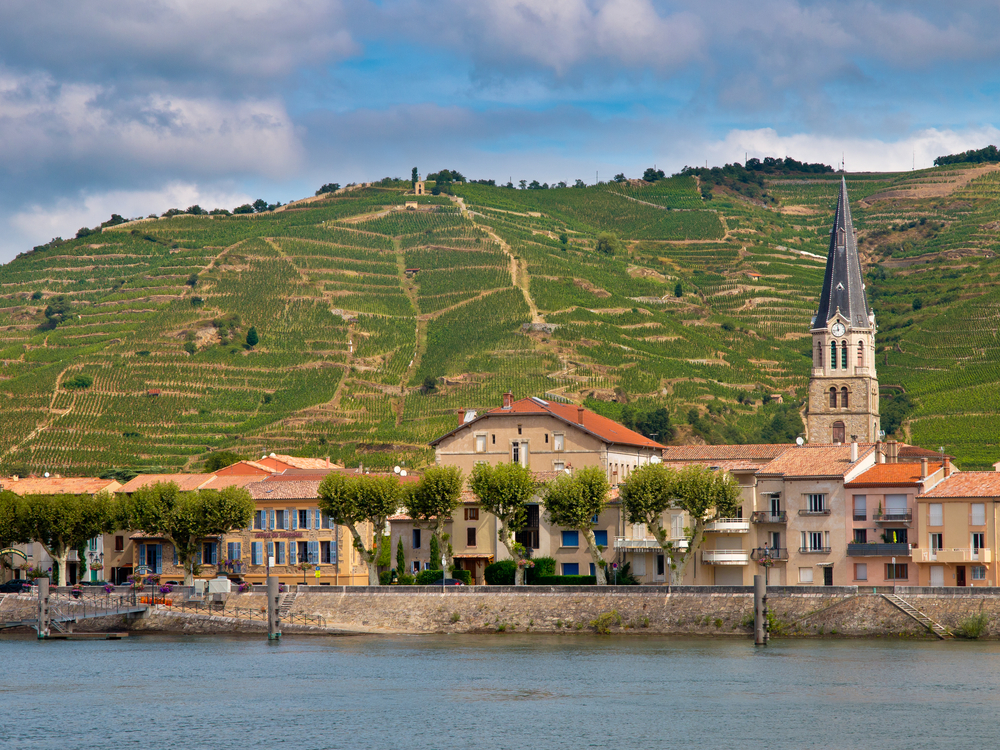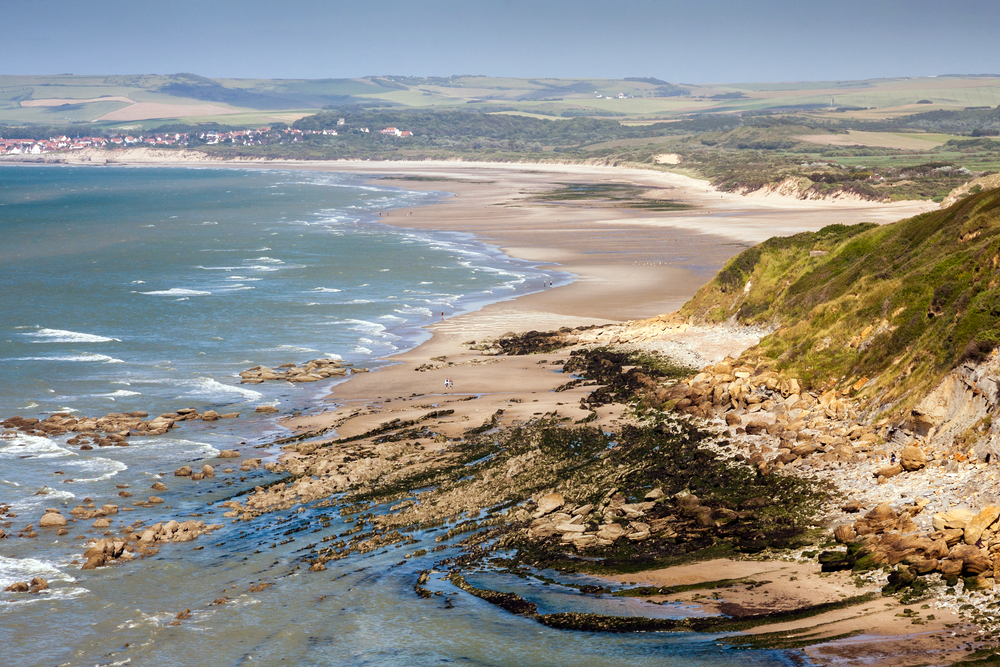Environment: Environmental Overview
France is a country in Western Europe with a diverse range of landscapes, from the Mediterranean coast to the Alps mountains. It is also home to several major rivers, lakes, and coastlines. This environmental overview will provide insight into the various natural resources, species of flora and fauna, and the impact of human activity on the environment in France.
Rivers
France is home to several major rivers, including the Seine, Rhone, and Loire. These rivers provide vital freshwater resources and support a wide range of aquatic species. The Seine River flows through Paris and is an important source of drinking water for the city. The Rhone River, which flows from Switzerland to the Mediterranean Sea, supports a diverse range of aquatic species, including salmon and trout. The Loire River is the longest river in France and is home to a number of threatened species, including the European eel and river lamprey. The country's rivers are threatened by factors such as pollution, habitat loss, climate change, invasive species, and overfishing.
Lakes
France has many lakes, the most famous of which is Lake Geneva, which is shared with Switzerland. This lake is home to several species of fish, including trout and perch. Another important lake in France is Lake Bourget, which is the country's largest natural lake and home to a wide range of aquatic species, including the endemic Bourget's whitefish. The ecosystems of these lakes are threatened by pollution, invasive species, climate change, eutrophication, and habitat loss.
Coastlines
France has 5,500 kilometers (3,418 miles) of coastline, with the Mediterranean coast being the most popular tourist destination. The coastlines are home to a wide range of marine species, including dolphins, whales, and sharks. The French Mediterranean coast is also home to several protected marine areas, such as Port-Cros National Park and Calanques National Park. The country's coastlines are experiencing the effects of development, climate change, pollution, overfishing, and invasive species.
Reefs
Although France does not have coral reefs, it has several underwater habitats, including seagrass meadows and kelp forests. The seagrass meadows in the Mediterranean Sea support a wide range of marine species, including seahorses, while the kelp forests in the English Channel are home to lobsters and crabs. These habitats are affected by climate change, overfishing, pollution, coastal development, and invasive species.
Mountains
The French Alps are home to several mountain ranges, including the Mont Blanc massif, which is the highest mountain in the Alps. These mountains are home to a diverse range of wildlife, including ibex, chamois, and marmots. Vanoise National Park in the French Alps is one of the largest protected areas in Europe and is home to a wide range of flora and fauna. The ecosystems of France's mountains are threatened by climate change, land use change, invasive species, overgrazing, and natural disasters.
Deserts
France does not have any deserts.
Air Quality
Air pollution is a major environmental issue in France, especially in urban areas. The main sources of air pollution in France are transportation, industry, and heating. The air pollution in France has been linked to respiratory problems and has been estimated to cause up to 48,000 premature deaths per year.
Human Habitation
France is home to over 67 million people and has one of the highest population densities in Europe. Urbanization and industrialization have had a significant impact on the environment in France, especially in the urban areas. The increasing demand for energy has led to the development of nuclear power, which accounts for 70 percent of the country's electricity generation. However, this has also led to concerns about nuclear waste management and safety.
Conclusion
France is a country with a diverse range of landscapes, from the mountains to the coastlines. Its rivers, lakes, and coastlines provide vital resources and support a wide range of flora and fauna. However, human activity has had a significant impact on the environment, and air pollution remains a major concern.
Copyright © 1993—2025 World Trade Press. All rights reserved.

 France
France 
